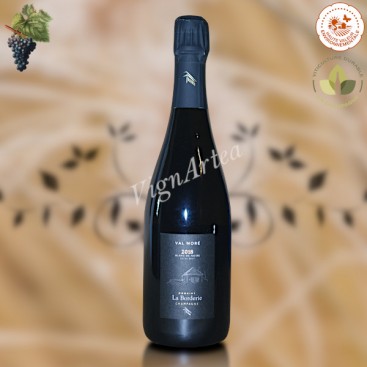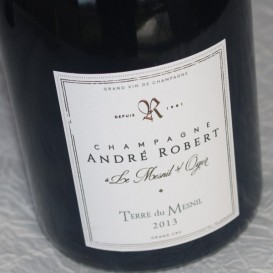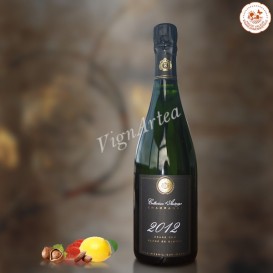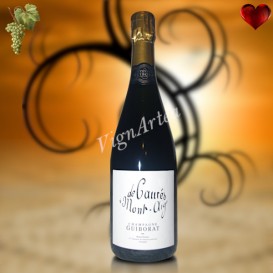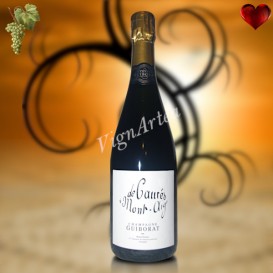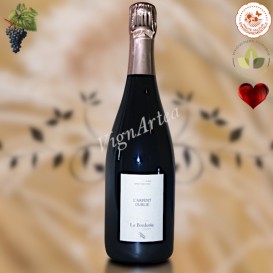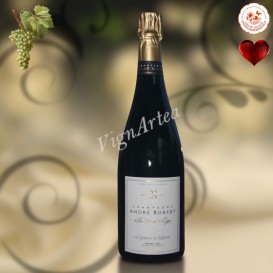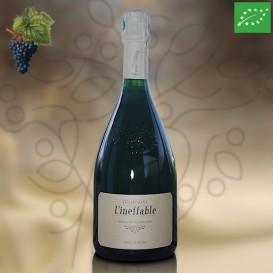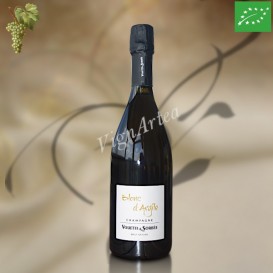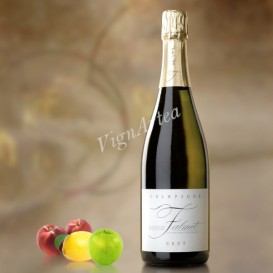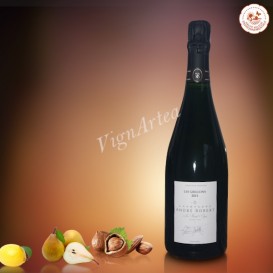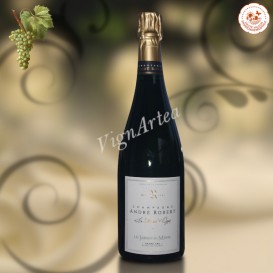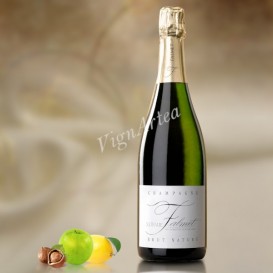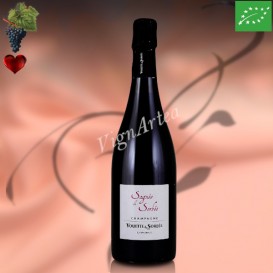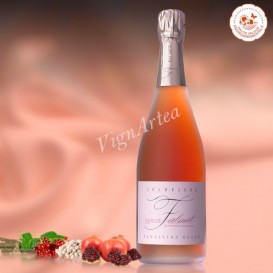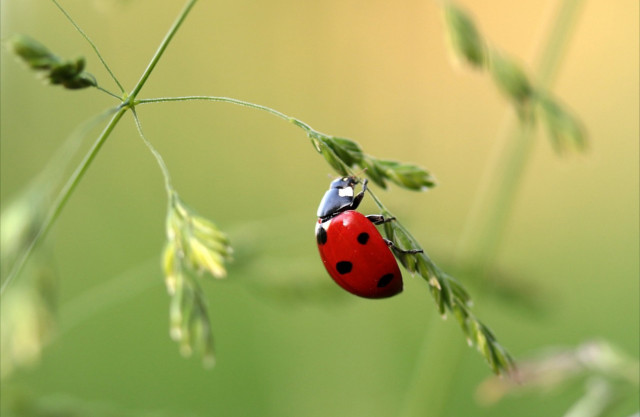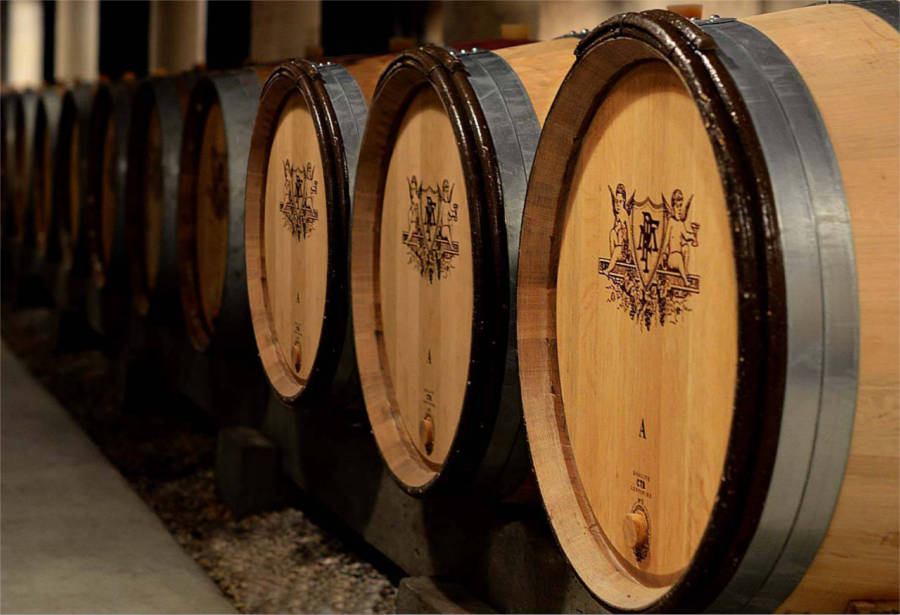CHAMPAGNE VAL MORÉ 2018 (Domaine La Borderie)
COTE DES BAR - AOP CHAMPAGNE - WHITE BLANC DE NOIRS CHAMPAGNE
Grape variety: Pinot Noir (100%)
Extra-Brut Vintage Single-Plot Sugar addition: 3 g/l
Winemaking in stainless steel tanks (95%) & oak barrels (5%)
- Nose: fresh and elegant. Notes of grenadine, pink grapefruit, honey, bread crust with a hint of spice.
- Palate: slightly mineral, nicely perfumed and full of energy. Fine bubbles. Long aromatic persistence.
- Tasting date: February 2024.
- OUR OPINION: a very pretty Blanc de Noirs champagne! Fresh, young, full of life and gourmet! Superb!
The exceptional bottle's weight (1.8kg) may result in higher shipping costs for the final shopping cart.
DESCRIPTION
The cuvée VAL MORÉ is made from:
- 1 variety: Pinot Noir
- 1 village: Bar sur Seine
- 1 terroir: Val Moré : in Bar sur Seine - Western exposure - planted in 1998
- 1 vintage: 2018
TERROIR
The estate vines are planted on a terroir whose soil was formed between -152 and -142 million years ago, during the Jurassic period and essentially during the Middle and Upper Kimmeridgian as well as during Lower Portlandian.
The early Kimmeridgian is marked by a littoral facies that soon gives way, in the Upper and Middle Kimmeridgian, to a pelagic facies with marl-limestone sedimentation in a vast Ammonite sea whose transgression was favored by a vertical and negative tectonic movement, i.e. causing a collapse of the earth's crust.
A very slow positive tectonic movement (uplift of the earth's crust) will then generate a decrease in marine depths during the Portlandian whose lower deposits still contain Ammonites while the upper deposits are composed of oolitic limestones that formed in the presence of a warm, shallow, rough sea.
The vines of Pinot Noir that make up this cuvée are planted on marl-limestone soil from the Middle and Upper Kimmeridgian, composed of three layers of grey marl separated by two layers of marly to hard limestone. Its total thickness is around 80 meters.
WINEGROWING & WINEMAKING
The estate has adopted a policy of respect for biodiversity, abandoning the use of all herbicides, insecticides and acaricides since 2012. Grass cover is encouraged while remaining under control, and the planting of hedges and trees within the plots helps vine auxiliaries to settle in, enabling intelligent pest control. This is the principle of the Agroforestry.
The Haute Valeur Environnementale et Viticulture Durable en Champagne certifications are indisputable witnesses to their commitment.
The vines are therefore cultivated according to the Organic Farming principles, and synthetic products are only used in the event of a serious threat to the harvest. Once harvested, the grapes are quickly transported to the winery for immediate pressing.
Only the juice of cuvée (juice from the first three presses only) is used. 95% of the juice is fermenting in stainless steel vats and 5% into oak barrels. The malolactic fermentation is completed except for the must made in oak barrels where the latter is stopped.
Racking takes place in July, after a 6-month ageing phase on the lees. The liqueur de tirage (sugar with yeasts) is added for the second fermentation in bottles that are placed on slats for 43 months.
After disgorging, sugar is added at 3 g/l.
- Vintage: 2018
- Racking date: 07/11/2019
- Disgorgement date: 02/02/2023
- Slats ageing: 43 months
- Sugar addition: 3 g/l
| Country | Champagne |
| Color | White |
| Orange wines | No |
| Clay amphorae wines | No |
| Blanc de Noirs | Yes |
| Vintage champagne | Yes |
| Type | Extra-Brut |
| Vintage | 2018 |
| Capacity | 75 cl |
| Single Grape Variety | Pinot noir |
| Alcohol rate | 12 % |
| Quality Designation | Champagne |
| Cellar Potential | 10 years |
| Service advise | 10°C. Open 1/4 hr before the service. |
| Culture Methods | Haute Valeur Environnementale (HVE) |
| Sugar addition | 3 g/l |
| Comments | must of cuvée. Winemaking in stainless steel tanks (95%) and oak barrels (5%). Malolactic fermentation partially completed. Slats ageing : 43 months. |

